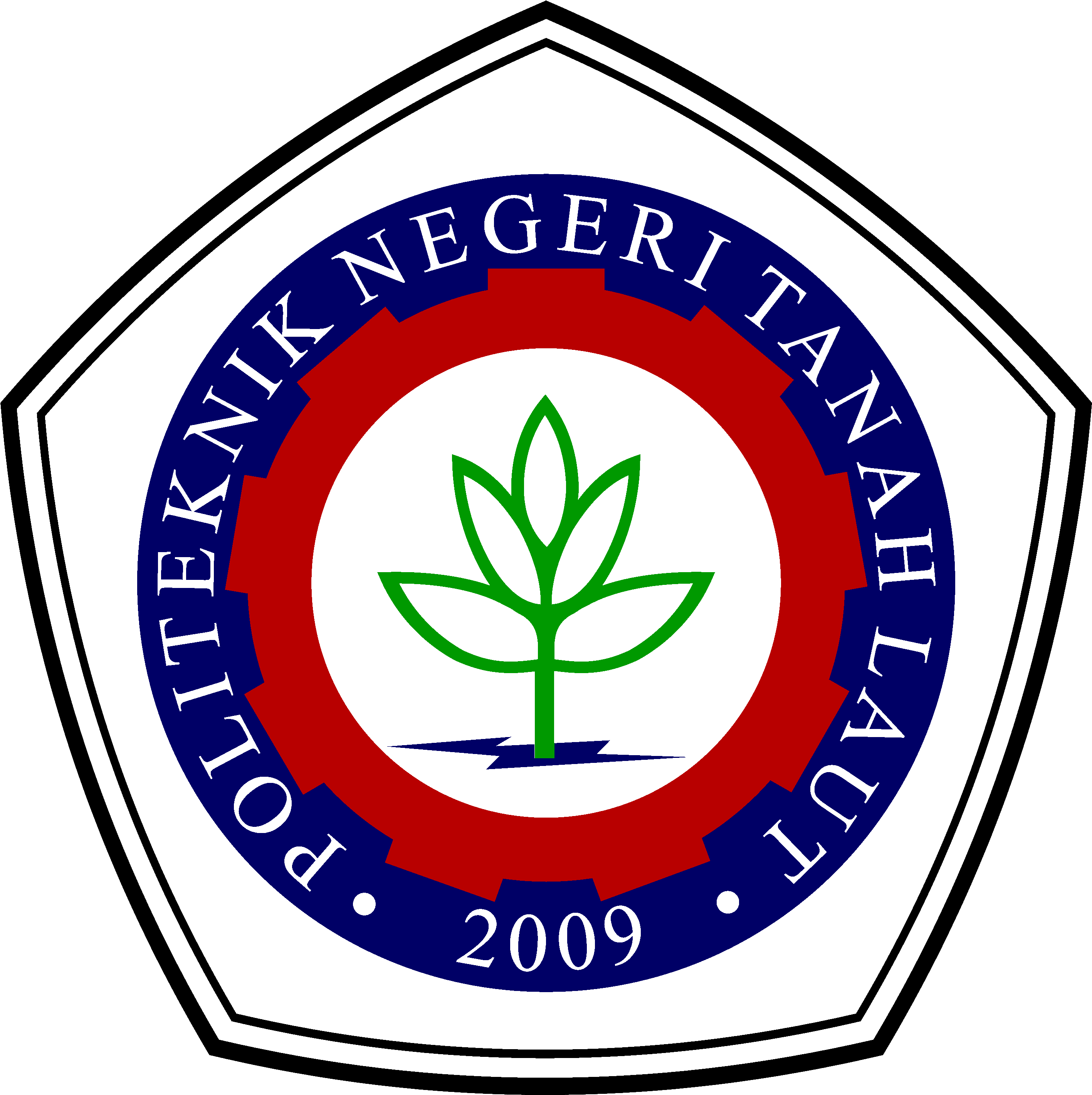ANALISIS PENGARUH TEMPERATUR EXTRUDER DAN HEAT BED 3D PRINTER TIPE FUSED DEPOSITION MODELLING (FDM) BERBAHAN PLA+ TERHADAP KEKUATAN MEKANIK PRODUK
DOI:
https://doi.org/10.34128/je.v8i1.145Keywords:
3D Printing, PLA, Sifat Meknaik, FDM, FilamenAbstract
3D printing machine is a devie that can produce wide various kind of product. The simplicity of the 3D printing machine makes he 3D printing machine can be applied in various kind of application. But the product that produce using 3D printing machine may have some defect in mechanical properties likes in another mehods. Because of that reason, there is needs to improve the process of 3D printing. One of the mehod tha can be used is to improve the parameters in the printer like the type of printer, capacity of the printer, he software that used to processes the product, variation of travel speed, the number of layer, the thickness of product, and the temperature that used in the printing processes. Based on the observation the researcher had been done in the processes in 3D printing processes the temperature of extruder of 225oC and 60oC of heat bed can produce the highest tensile strength. The value of the highest tensile strength is 34 N/mm2. From these can be concluded that the best variation of temperature of extruder and heat bed is 225 oC and 70 oC.
References
[2] Kwatwani, J and Vineet Srivastava,. (2019) ‘Effect of Process Parameters on Mechanical Properties of Solidiï¬ed PLA Parts Fabricated by 3D Printing Process’, Springer Nature Singapore Pte Ltd., pp. 95-104.
[3] Pambudi, Arif I., (2017) ‘Analisis Pengaruh Internal Geometri Terhadap Sifat Mekanik Material Polylactic Acid (PLA) Dipreparasi Menggunakan 3D Printing’ Tugas Akhir. Fakultas Teknologi Industri. Institut Teknologi Sepuluh Nopember: Surabaya.
[4] Setiawan, Andik A., Bayu Wiro K. dan Nurvita A., (2018) ‘Optimasi Parameter 3D Printing Terhadap Keakuratan Dimensi dan Kekasaran Permukaan Produk Menggunakan Metode Taguchi Grey Relational Analysis’, Proceedings Conference on Design Manufacture Engineering and its Application, pp. 165-168.




